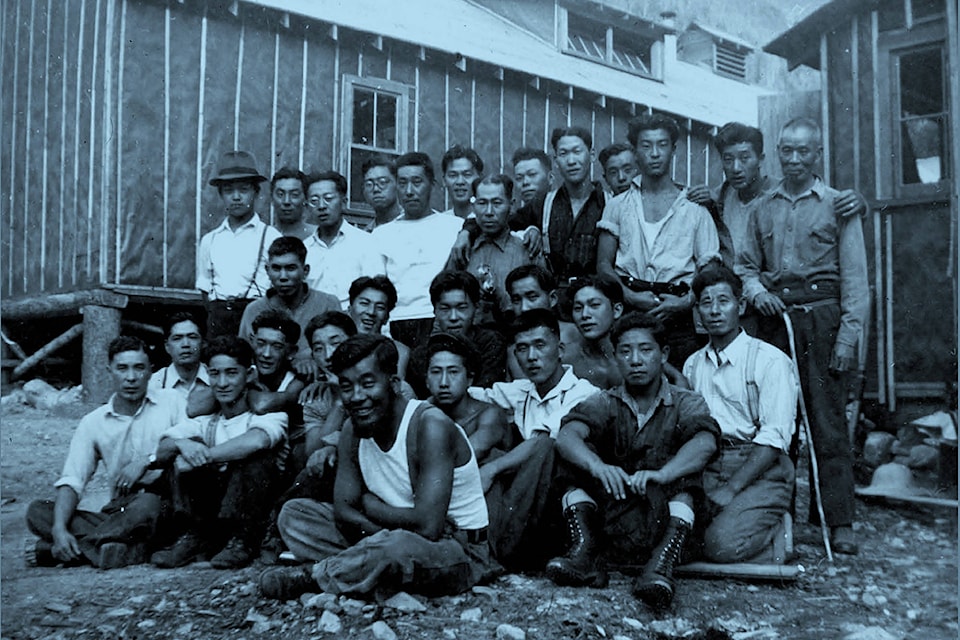A group of local volunteers is looking to add to their number in order to help commemorate a painful part of the Sicamous region鈥檚 history.
In early 1942, just a few short weeks after the attack on Pearl Harbour put Canada and her allies on a collision course with the Japanese Empire, an order came down expelling Japanese men ages 18 to 45 from a restricted area near the B.C. coast.
For many of the men, Japanese-born and Canadian citizens alike, their destination would be road-building camps in the interior, some of which were located between Sicamous and Revelstoke. Six camps were located along what is now a part of the Trans-Canada Highway, at Solsqua, Yard Creek, North Fork, Taft, Griffin Lake and Three Valley Gap.
According to documents on the history of the camps, conditions started out poor.
The first group of 100 Japanese nationals was sent by rail into the mountains of the interior in February 1942. They initially lived in railway cars until the snow melted enough that work could begin on bunkhouses. Eventually, the internees would make the camps as home-like as possible by constructing gardens, bathhouses and baseball diamonds.
Terry Sinton, one of the organizers of the project, said COVID-19 disrupted their efforts to install signs and other commemorative material at the former sites of the camps, but they are looking to get back on track.
Sinton said because the site of that camp is easily accessible the commemorative work at the Yard Creek camp will hopefully include more than just a commemorative sign, making it more of an interpretive centre where people can learn about the whole camp system. Another possible aspect of the project will be the planting of Japanese cherry and maple trees near the interpretive sites.
To make the planned project a reality, volunteers will be needed. Sinton said interest in telling the story of the camps is the main qualification volunteers will need as there is a variety of work that needs to be done. Among the tasks will be map making, identifying local stakeholders and obtaining funding for the signs and trees. Volunteers willing to work with government departments to obtain the required permissions and researchers to compile information for the sign content will also be required.
Sinton said they are also seeking a chairman and secretary to guide the project. Work may be broken down into local committees focusing on specific camps.
Interested volunteers can contact the Sicamous and District Museum or reach out to Sinton directly at tbl@cablelan.net.
Like us on and follow us on




